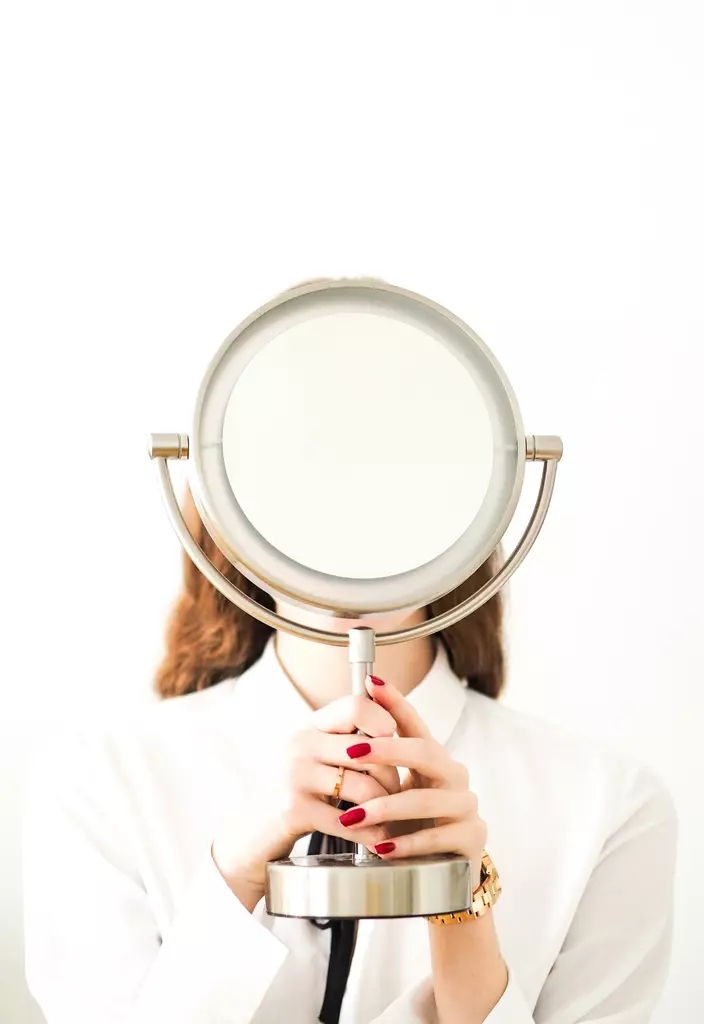
Introduction
In a world dominated by visual stimuli, it's only natural for our minds to develop preferences and opinions about aesthetics. However, what often goes unnoticed is the impact of unconscious biases on these perceptions. Unconscious bias refers to the automatic, quick judgments we make about people, objects, or situations, without even realising it. In the realm of beauty and aesthetics, these biases can shape our perceptions of ourselves and others, influencing various aspects of life, including job interview success, careers and other social interactions.
Unconscious Bias: A Subtle Culprit
Unconscious biases are ingrained in human nature, often arising from societal influences, cultural norms, and personal experiences. These biases can lead to fleeting thoughts that seem incongruent with our conscious beliefs and values. For instance, the fleeting thought of "that's an ugly baby" might cross one's mind, even though consciously, we understand the beauty of diversity and the innocence of childhood. These subconscious thoughts can be a result of a complex interplay between our innate inclinations and the world around us.
Beauty Bias: A Double-Edged Sword
Beauty bias is a prominent subset of unconscious bias that significantly impacts how we perceive and interact with others. Studies have shown that attractive individuals are often perceived as more competent, intelligent, and socially adept, regardless of their actual capabilities. This phenomenon, known as the "halo effect," highlights the subtle ways in which beauty biases color our judgments.
This bias isn't limited to personal interactions; it can affect critical life aspects like our careers . Research indicates that candidates deemed attractive are more likely to be hired and receive higher starting salaries. This suggests that unconscious beauty biases not only affect interpersonal dynamics but can also significantly shape one's career trajectory.
Unconscious Bias and Societal Expectations
Unconscious biases can also be linked to societal standards of beauty. The media's portrayal of "ideal" beauty often reinforces certain traits and features, setting unrealistic standards that can foster biases. These biases, when internalised, can lead to lower self-esteem, body image issues, and even perpetuate a sense of exclusion among those who do not conform to these standards.
While it's essential to acknowledge these biases, it's equally crucial to recognize that they do not define a person's worth. Embracing diversity and celebrating individuality can help counteract these subconscious prejudices. As a society, we must strive to challenge the status quo and redefine the concept of beauty to be more inclusive and representative of the rich tapestry of humanity.
Breaking the Cycle: Increasing Awareness
The first step toward combatting unconscious bias is to become aware of its existence. By acknowledging that these fleeting thoughts are not in line with our conscious beliefs, we can take steps to challenge and rewire our automatic judgments. Engaging in self-reflection, mindfulness practices, and open conversations about biases can contribute to a more conscious understanding of our perceptions.
In the context of job interviews, both candidates and interviewers can benefit from awareness and education about unconscious biases. Implementing standardised interview questions and evaluation criteria can help mitigate the influence of appearance on hiring decisions. Furthermore, creating a diverse panel of interviewers can lead to more objective assessments and a fairer selection process.
Embracing Diversity in Aesthetics
Aesthetic clinics, as advocates of beauty and self-enhancement, have a unique role to play in dismantling unconscious biases. These spaces can promote inclusivity by showcasing a diverse range of beauty ideals and offering treatments tailored to individual preferences. By celebrating the unique attributes of every client, clinics can contribute to reshaping perceptions of beauty and enhancing self-confidence.
Moreover, aesthetics clinic owners can foster awareness by providing education to both clients and staff about unconscious biases. By encouraging open conversations and offering resources that challenge beauty norms, clinics can be catalysts for change in how we perceive ourselves and others.
Conclusion
Unconscious biases are a pervasive aspect of human cognition, affecting our perceptions of beauty and aesthetics. While these biases may seem incongruent with our conscious beliefs, they can significantly impact various areas of life, including our careers and self-esteem. Recognising the existence of unconscious biases is the first step toward dismantling their influence.
As we navigate a world dominated by visual judgments, it's essential to challenge societal norms, embrace diversity, and celebrate individuality. Aesthetic clinics, in particular, have a unique opportunity to promote inclusivity and reshape perceptions of beauty. By fostering awareness, engaging in open conversations, and providing resources, we can collectively work toward a more equitable and accepting society—one where beauty is defined by its inherent diversity rather than narrow standards.